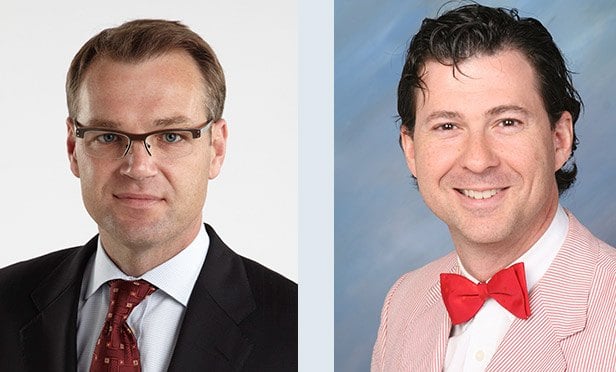The U.S. Census Bureau reports that credit unions hold only 6%of assets among U.S.-based depository institutions. So, theindustry has plenty of competition; 94% of the market belongs tothe competition.
Why would we create competition within our industry to furtherfragment the 6% market share we have today? It does not seemlogical to fight over who will get what piece of the 6% pie whenthere's 94% of the market to go after. We just have to figure outhow to get the 94%. Maybe we are sitting on top of the model buthave not fully realized its potential: cooperation as a businessmodel.
In these trying economic times, consumers are gravitating to theirroots, which is in turn, taking our industry back to its roots. Weare seeing phenomenal growth in auto loans. According to Callahan& Associates, at the beginning of 2008, we had 12.9% marketshare of auto loans. By January 2009, it jumped to a 22.7% marketshare.
Through the efforts of the National Cooperative BusinessAssociation, we have evidence the cooperative model works and isincreasing in popularity, but are we using it to its maximumpotential? We cooperate within our individual silos of the CUSO'swalls or the credit union's walls. But do we engage the value ofthe cooperative model by embracing what we could do if we had lesscompetition within our industry? For example, fewer CUSOs offeringthe same service?
Within our own industry, we can look to our friends in the northfor a successful example of cooperation. In Canada, the Desjardinssystem uses the cooperative network to pool back-office functionsand allow caisses to stay focused on member service. In a meetinglast fall, top executives from the Desjardins system told a groupof U.S. credit union leaders that the Desjardins' remarkable marketshare of 70% is due to the dividend it gives back to members eachyear. Meaning 70% of Quebecers are members of a Desjardinscaisse.
This point was underscored when the manager of a caisse was askedwhy they did not keep some of the dividend as capital to buildbranches. He was shocked at the thought and responded that would begiving away their competitive advantage. The Desjardins system isefficient and successful because it does not duplicate the sameservices over and over. They work together using a single system tocreate a model that rewards the members.
Some say multiple CUSOs in the same line of business, such asbusiness lending or mortgage, keeps everyone honest, fair andcompetitively on their toes. But, do we really need competitionwithin the industry to create this? We are, after all, founded onthe seven cooperative principles, which should be enough to ensurewe are living up to these standards. But if we need a little extracompetitive push to keep us on our toes, what about all thecompetition from the 99,150 bank branches that own the larger chunkof the 94% market share we don't have today?
Perhaps a single national CUSO model as we think of CUSOs today isnot exactly the right model. But what can we learn by lookingoutside our industry to the thousands of other cooperatives in theU.S.? What can we learn from the Desjardins model? What can welearn from purchasing cooperatives?
Is a single, national CUSO for select services and back-officefunctions the right solution? One thing is for sure, if we don'thave the discussion, we'll never find the answers. Credit union andCUSO leaders need to come together to discuss what the futurebusiness models of our industry will look like. NACUSO is hostingthe first school to teach the design of networked business models.It will be held in conjunction with Pepperdine University facultyon their campus in Malibu this fall. Industry leaders ready toshape the next business model will emerge and engage in thedialogue.
Whatever the venue, now is the time to engage critical thinking touncover new models. We won't have another economic opportunity likethis one for a long time where consumers are flooding cooperativesin search of trust, comfort and security.
Lisa Renner is CEO of CU Holding Co. LLC, a CUSO holding companythat is a collaborative partner in five CUSOs. She can be reachedat 913-310-9292 ext. 5401 or [email protected]
Continue Reading for Free
Register and gain access to:
- Breaking credit union news and analysis, on-site and via our newsletters and custom alerts.
- Weekly Shared Accounts podcast featuring exclusive interviews with industry leaders.
- Educational webcasts, white papers, and ebooks from industry thought leaders.
- Critical coverage of the commercial real estate and financial advisory markets on our other ALM sites, GlobeSt.com and ThinkAdvisor.com.
Already have an account? Sign In Now
© 2024 ALM Global, LLC, All Rights Reserved. Request academic re-use from www.copyright.com. All other uses, submit a request to [email protected]. For more information visit Asset & Logo Licensing.









